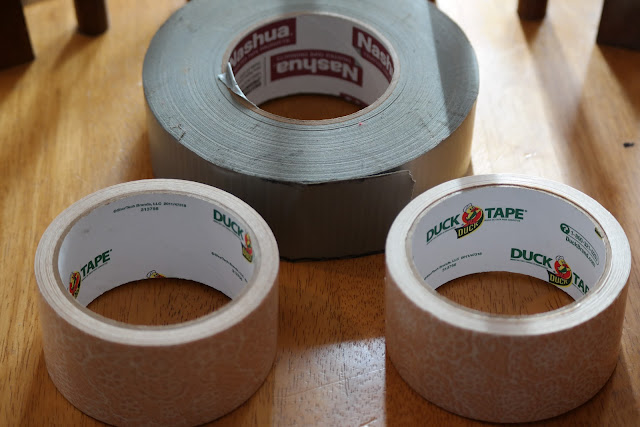I asked for and got a heat transfer press for Christmas, which was an awesome gift from Burke. I had to think real hard about what design I wanted my first shirt to be. I unboxed my new 5 in 1 Zeny Heat Press and got to work. See it here on Amazon.
Burke and I had just finished our first IoT (Internet of Things) project and I was really geeked about that, so my first shirt was all about the Alexa and the Garage Door project.
Once I finally made up my mind what the design should be, I went to Brother's Scan N Cut Canvas.
Then I created my design.
I cut the vinyl using my Brother Scan N Cut. Any vinyl cutter will work just fine, Cricket or Silhouette. I did test the cut on vinyl, but it ended up not being perfect. You can see my little circle test cut in the picture.
My knife settings were incorrect because I ended up cutting the vinyl and the carrier sheet. I looked everywhere to see how big a deal that was. Should I recut the vinyl? I didn't want to waste what I had done and I really couldn't find any information - so I went for it. I figured my first one would be a throw away anyway.
I heated up my press to 305 degrees fahrenheit and set my timer for 12 seconds. I positioned my design (shiny side up or carrier sheet side up) on my shirt.
I pressed the vinyl for 12 seconds and let it cool down for a minute or two. Then I took my tweezers and peeled off the carrier sheet from each piece. It worked! And .... I didn't have to throw away my first shirt or waste any vinyl!
So far, I really like my new heat press and my cool shirt ..... I'm wearing it to the kick off meeting for First Robotics this weekend.
Nerds unite!

























